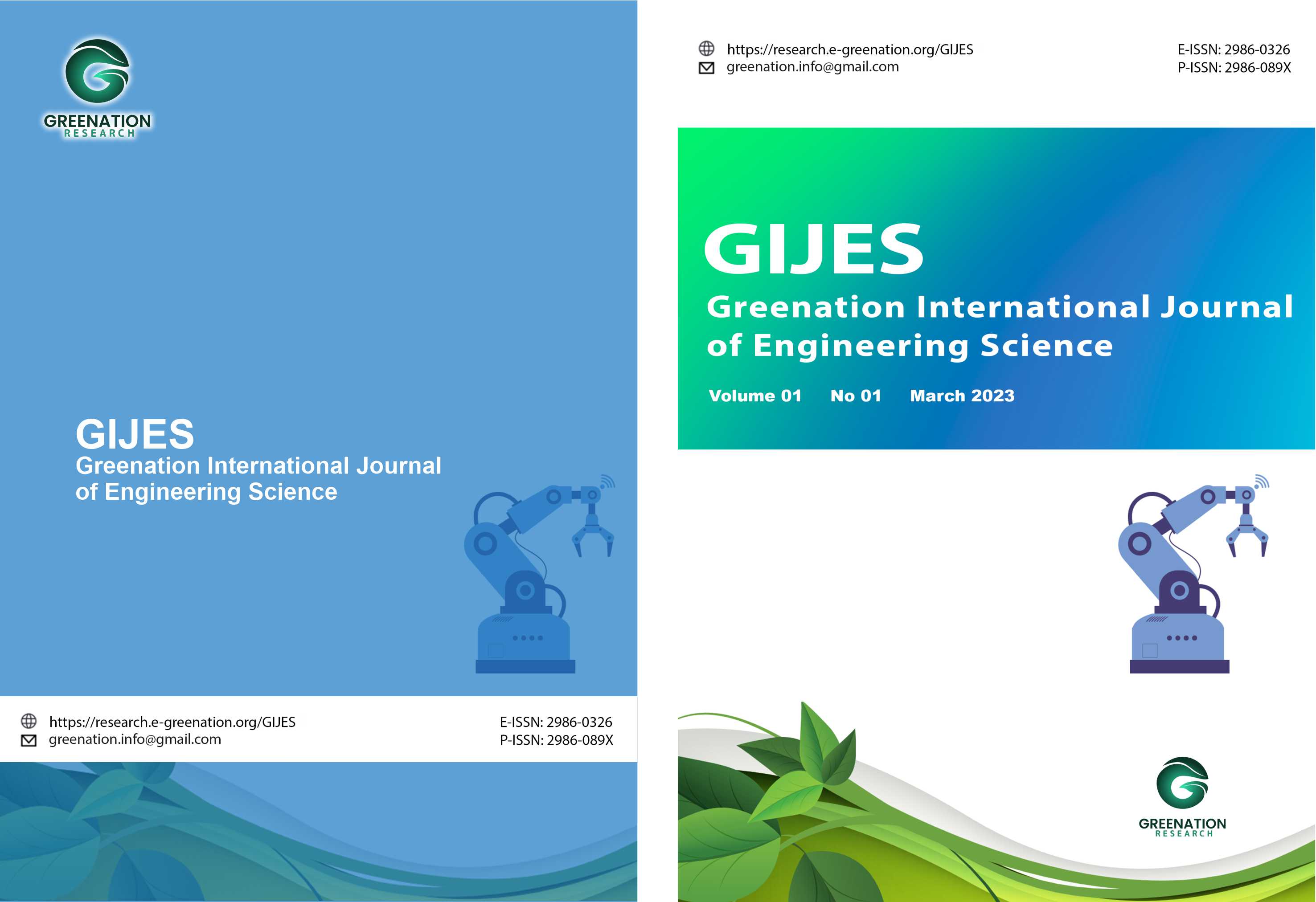Field Soil Density Analysis Using the Sand Cone Method on the Segayam–Lebak Gedong Road Improvement Project, Ogan Ilir Regency
DOI:
https://doi.org/10.38035/gijes.v3i1.353Keywords:
Road, Soil Compaction, Sand ConeAbstract
Road infrastructure is crucial for the economy's smooth functioning, but its current state is largely due to natural and human factors, leading to increased traffic. Quality control is essential in road construction planning, focusing on aggregates, subgrade, and subbase layers. Factors such as water content, soil type, and compacted soil can affect soil density. A dense sub-base layer provides good bearing capacity, strengthening road construction. Improving road infrastructure is essential for maintaining the economy's lifeblood, supporting people's movement and influencing distribution and logistics activities. With the development of cities and technological advancements, national roads have grown, passing through provincial capitals and regency/city capitals. The Ogan Ilir Regency Government, through the Public Works and Housing Office, is working to meet community needs in road infrastructure, particularly in rural areas. However, many road conditions in Ogan Ilir Regency still need repairs and improvements. Road improvement in Ogan Ilir Regency should be carried out using good methods and optimal supervision. The sand cone method, which employs Ottawa sand as a parameter for soil density, is used to inspect the field density of the compacted soil layer or pavement layer.
References
Aashto. (1993). Guide for Design of Pavement Structure. The American Association of State Highway and Transportation Officials.
Bowles, J.E. (1993). Sifat-Sifat Fisis dan Geoteknis Tanah. Erlangga.
Braja. (1993). Mekanika Tanah (1st ed.). Erlangga.
Craig, R.F. (1989). Mekanika Tanah (4th ed.). Erlangga.
Djatmiko, & Edy. (1993). Mekanika Tanah I (1st ed.). Kanisius.
Endrayana, MR. (2008). Pengaruh Geotekstil terhadap Kuat Geser Pada Tanah Lempung Lunak Dengan Uji Triaksial Terkonsolidasi Tak Terdrainasi [Thesis]. Universitas Indonesia.
Hadijah, Ida. (2015). Analisis Kepadatan Lapangan Dengan Sand Cone Pada Kegiatan Peningkatan Struktur Jalan Tegineneng –Batas Kota Metro [Thesis]. Universitas Muhammadiyah Metro.
Hendarsin, S.L. (2000). Penuntun Praktis Perencanaan Teknik Jalan Raya. Gramedia.
Indrawahyuni, H, Munawir, A, & Damayanti, I. (2009). Pengaruh variasi kepadatan pada permodelan menggunakan tanah pasir berlempung terhadap stabilitas lereng. Jurnal Rekayasa Sipil, 3(3), 192–308.
Kementerian Pekerjaan Umum (Indonesia). (1987). Petunjuk Perencanaan Tebal Perkerasan Bahu Jalan. Kementerian Pekerjaan Umum (Indonesia).
Murti, MS. (2007). Undang-Undang Republik Indonesia Nomor 17 Tahun 2007 tentang Rencana Pembangunan Jangka Panjang Nasional Tahun 2005-2025. Biro Peraturan Perundang-undangan Bidang Perekonomian dan Industri, Jakarta.
Siregar, Ratna Dewi. (2015). Analisa Kepadatan Tanah Menggunakan Metode Sand Cone Pada Pembangunan Relokasi Jalan Bendungan Lau Simeme Paket Ii Kab. Deli Serdang Sumatera Utara. Universitas Islam Sumatera Utara.
SNI 03-2828. (1992). Pengujian Kepadatan di Lapangan Menggunakan Alat Konus Pasir (Sand Cone). Pusat Penelitian dan Pengembangan Pekerjaan Umum, Bandung.
Sudarsono. (1979). Konstruksi Jalan Raya. Yayasan Badan Penerbitan Pekerjaan Umum.
Sukirman. S. (1999). Perkerasan Lentur Jalan Raya. Nova.
Terzaghi, K & Peck, R.B. (1987). Mekanika Tanah dalam Praktek Rekayasa (2nd ed.). Erlangga.
Downloads
Published
How to Cite
Issue
Section
License
Copyright (c) 2025 Rahmad Hidayat Saputra, Anna Elvaria

This work is licensed under a Creative Commons Attribution 4.0 International License.
Copyright:
Authors who publish their manuscripts in this journal agree to the following conditions:
- Copyright in each article belongs to the author.
- The author acknowledges that Greenation International Journal of Engineering Science (GIJES) has the right to be the first to publish under a Creative Commons Attribution 4.0 International license (Attribution 4.0 International CC BY 4.0).
- Authors can submit articles separately, arrange the distribution of non-exclusive manuscripts that have been published in this journal to other versions (for example, sent to the author's institutional repository, publication in books, etc.), acknowledging that the manuscript has been published for the first time in GIJES.

























